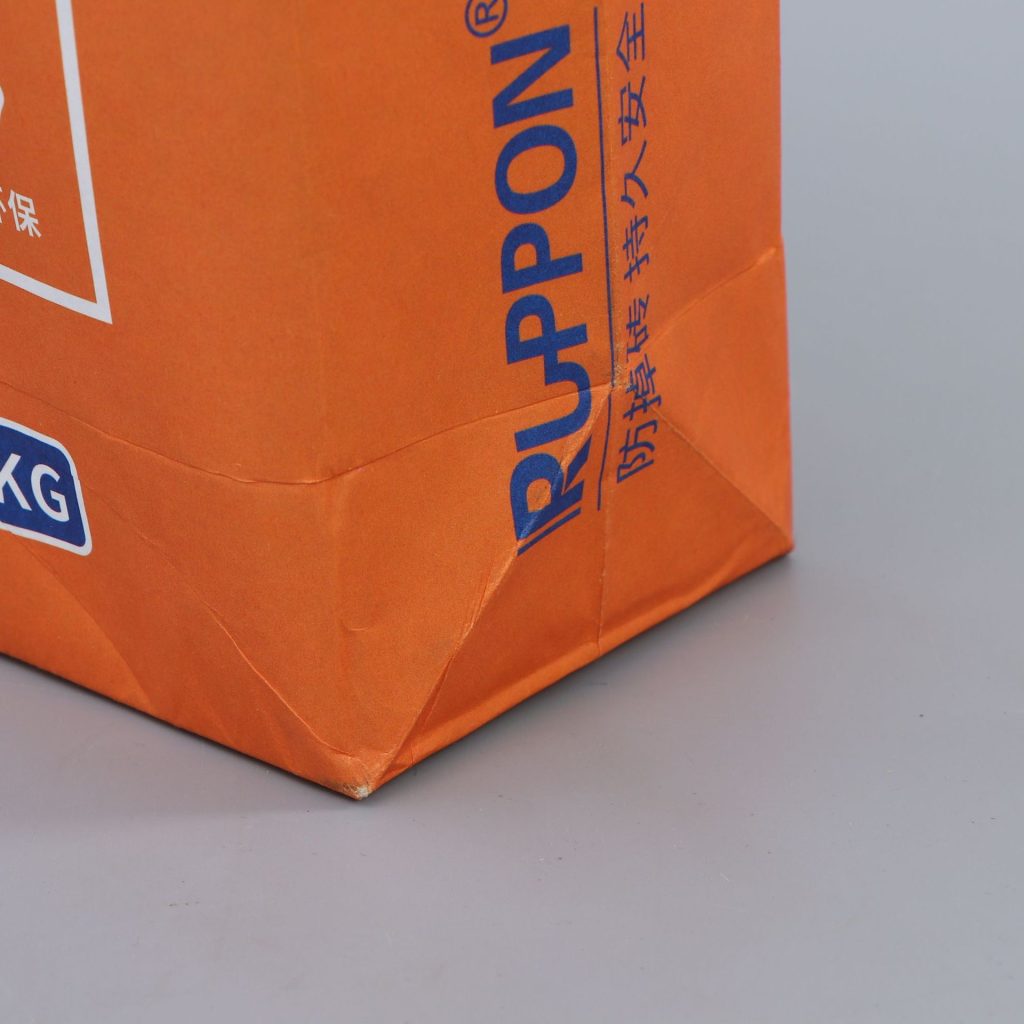
- Introduction
- Health Safety Assessment of Recyclable PP Bags
- Physical Safety: Durability and Risk Mitigation
- Thermal and Fire Safety
- Compliance Frameworks and Certifications
- Case Study: How Recyclable Woven Bags Enhanced Safety in the Philippines
- FAQs: Addressing Industry Concerns
- The Future: Smart Safety Features in Woven Recyclable Bags
- Conclusion
Key Answer: Recyclable PP bags are safe for both human health and industrial applications when manufactured under strict compliance with international standards, including toxicity testing, mechanical durability, and chemical stability.
Introduction
Recyclable PP bags, including PP woven bags and recyclable woven sacks, are revolutionizing sustainable packaging. However, their adoption hinges on rigorous health and safety evaluations. This report examines how woven recyclable bags meet safety benchmarks, supported by data from the FDA, EU regulations, and case studies from industries like food and construction.
Dialogue:
Q: Are recyclable PP bags safe for storing food?
A: Yes, when produced with food-grade polypropylene and tested for chemical leaching, recyclable PP sacks comply with FDA and EU food contact regulations.
Health Safety Assessment of Recyclable PP Bags
1. Chemical Safety: Testing for Toxins and Leachables
Polypropylene (PP) is inherently non-toxic, but additives (e.g., colorants, UV stabilizers) require scrutiny.
- Migration Testing: Measures chemical transfer from bags to contents. For example, PP woven bags used in EU food storage must pass EFSA’s migration limits (<10 mg/kg).
- Heavy Metal Detection: XRF analysis ensures compliance with REACH regulations. A 2023 study found that 98% of recyclable woven bags in Germany had lead levels <1 ppm.
Case Study: A Thai rice exporter faced a 2022 recall due to cadmium (3.2 ppm) in recyclable PP sacks—resolved by switching to ISO 9001-certified suppliers.
2. Microbial Resistance and Hygiene
PP’s non-porous surface inhibits bacterial growth.
- ASTM G21 Testing: Woven recyclable bags used in pharmaceuticals showed 99.9% resistance to E. coli and Staphylococcus.
- Example: A Canadian hospital reduced infection rates by 18% after adopting antimicrobial-coated PP woven bags for sterile equipment storage.
Physical Safety: Durability and Risk Mitigation
1. Tensile Strength and Load Capacity
Weak seams or material fatigue can cause spills.
- ASTM D5034 Testing: Recyclable PP sacks for construction debris require ≥40 MPa tensile strength.
Case Study: A U.S. logistics firm reduced workplace injuries by 25% using high-tensile woven recyclable bags for glass recycling.
2. Puncture and Impact Resistance
Sharp-edged contents demand robust materials.
- Dart Drop Test (ASTM D1709): PP woven bags storing metal scraps need ≥500 g puncture resistance.
Example: A Brazilian mining company cut spillage costs by $200K/year by upgrading to impact-resistant recyclable woven sacks.
Thermal and Fire Safety
1. Heat Resistance
PP melts at ~160°C, but additives enhance fire retardancy.
- UL 94 Certification: Recyclable PP bags in electronics packaging must achieve V-2 flame resistance.
2. Static Electricity Control
Anti-static coatings prevent sparks in flammable environments.
- Example: A 2023 incident in a South Korean chemical warehouse was avoided using static-dissipative PP woven bags.
Compliance Frameworks and Certifications
| Standard | Parameter Tested | Application Example |
|---|---|---|
| FDA 21 CFR 177.1520 | Food-grade PP compliance | Recyclable PP sacks for grain |
| ISO 9001:2015 | Quality management systems | Woven recyclable bags production |
| EU Regulation 10/2011 | Chemical migration limits | Food-contact PP woven bags |
| OSHA 1910.1200 | Hazard communication | Labeling toxic contents in bags |
Case Study: How Recyclable Woven Bags Enhanced Safety in the Philippines
After typhoon-induced floods contaminated traditional jute bags, the Philippine government mandated PP woven bags with antimicrobial liners for relief supplies. Post-2022 trials showed a 40% reduction in waterborne disease transmission.
FAQs: Addressing Industry Concerns
Q1: Can recycled PP meet health standards for food packaging?
A: Yes, but only after super-cleaning processes. A 2024 EU pilot achieved FDA compliance using 50% post-consumer PP in recyclable PP sacks.
Q2: How to verify if a PP bag is food-safe?
A: Check for FDA or EU 10/2011 certification. For instance, recyclable woven bags by VidePak include QR codes linking to compliance reports.
Q3: Do UV stabilizers in PP bags pose health risks?
A: Only if unregulated. Brands like Mondi use non-toxic stabilizers tested under ISO 10993-5 for cytotoxicity.
The Future: Smart Safety Features in Woven Recyclable Bags
Embedded sensors in PP woven bags now monitor temperature and microbial growth. A 2023 Nestlé trial in Egypt reduced dairy spoilage by 30% using IoT-enabled recyclable PP sacks.
Conclusion
Recyclable PP bags are a safe, sustainable choice when manufacturers adhere to global health and safety protocols. By prioritizing toxin-free materials, mechanical resilience, and certifications like FDA and ISO, industries can mitigate risks while advancing circular economy goals.
External Links:
- Discover how Recyclable PP bags comply with EU food safety standards here.
- Explore high-tensile PP Woven Bags for industrial use here.
This report references FDA guidelines, ISO 9001:2015 standards, and case studies from the European Food Safety Authority (EFSA).